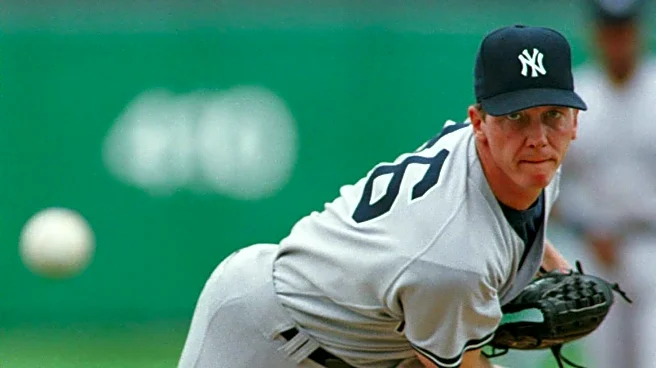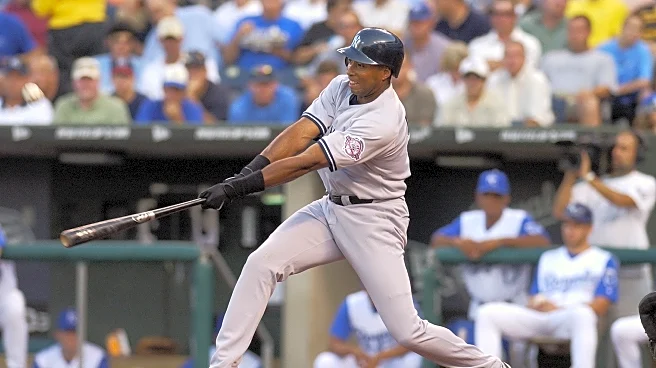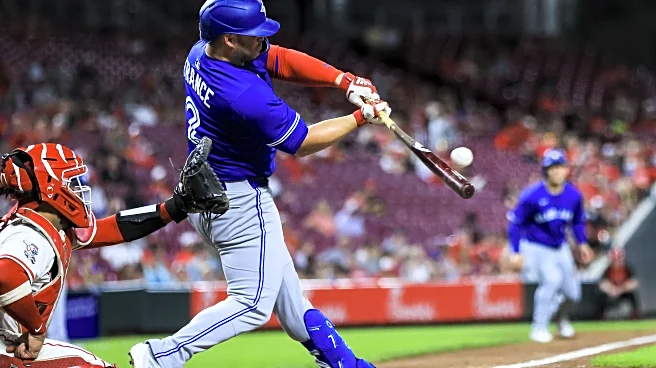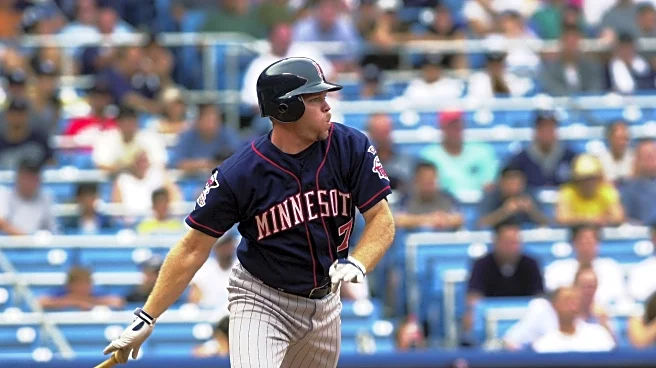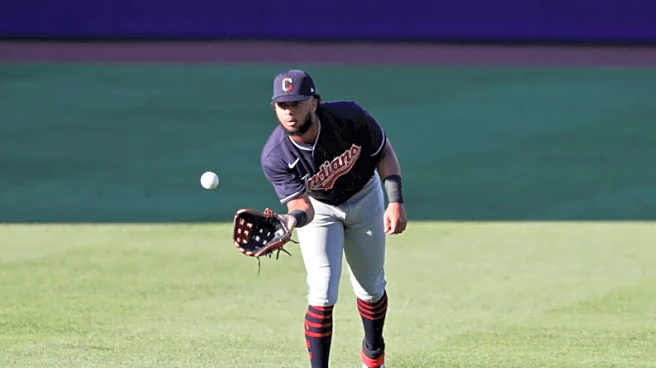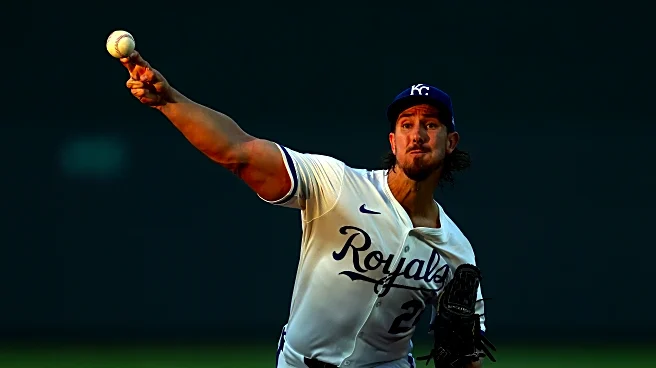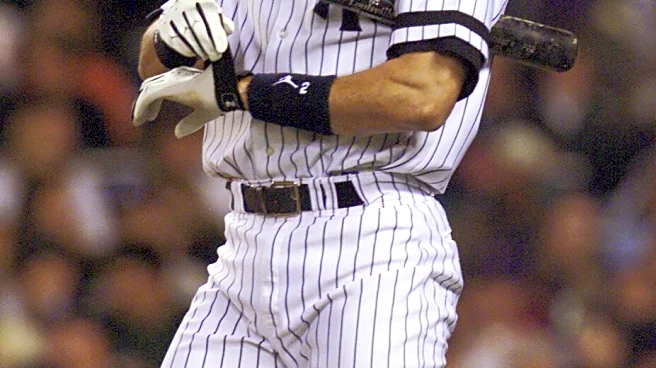
As they progressed through the final month of the season, the 2000 Yankees had entered the jockey-for-position phase of the schedule. With a comfortable six-game lead in the AL East, as well as a four-game advantage on Cleveland for the second seed in the American League and home-field in the ALDS, the Yankees’ primary concerns were to hold things together, maintain a solid playoff position, and work out the kinks of their potential postseason roster.
They would dominate the Royals to inch closer
to clinching a playoff spot, but at the cost of an arm, the second time in as many nights that the Yankees saw a veteran player go down.
September 5: Yankees 10, Royals 5 (box score)
Record: 78-57 (6 GA in AL East)
The Yankees sent David Cone to the mound, with the right-hander seemingly rounding into form heading into the playoffs despite a positively miserable first four months of the year. He’d won three of his last five starts after winning just once over his first 20 tries, and as he toed the rubber in the third inning in possession of a 4-1 lead, he looked to be on his way to another victory in his hometown of Kansas City. With a much more Cone-like 3.93 ERA and 4.01 FIP over his last seven appearances, Cone was making a reasonable case to be part of the Yankee bullpen come October.
With one down and one in the third, Rey Sánchez squared to bunt and popped it up to Cone’s right. Cone scampered off the mound and went horizontal, making a fantastic diving play and then landing hard on his non-throwing left arm. He immediately writhed in pain on the ground; he had dislocated his shoulder.
Cone exited, and would say after the game that he felt pretty fortunate to have avoided a more serious injury. ”I feel like I dodged a bullet,” Cone said. ”Judging by how I feel now, I feel pretty lucky.”
He would actually miss minimal time, making another start for the Yankees ten days later, but the injury was just another in a long list of mishaps for Cone in 2000, and all but marked the end of his push for the postseason rotation.
Dwight Gooden, also pleading his case for inclusion on the playoff squad, came in to protect the lead, which came courtesy of a four-run top of the third against Jeff Suppan. Clay Bellinger had hit a solo shot, while Paul O’Neill added an RBI single and Tino Martinez chipped in a run-scoring sac fly. Gooden would prove to be effective again in a long-man role, providing 5.1 innings of relief, allowing three runs (two earned).
Justice added a sac fly that made it 5-1 in the top of the fifth, while Carlos Beltrán managed a sac fly of his own in the home half to tally one against Gooden. Gooden’s biggest jam came in the bottom of the sixth, with Beltrán coming up again with two on and one out, this time singling home two to make it 5-4.
But the Yankees powered to the finish to ensure there would be no late drama. Justice hit a solo homer in the seventh, his 35th of the season making it 6-4. And in the eighth, Royals reliever Andy Larkin ran into trouble, with O’Neill and Martinez singling before Larkin walked Justice to load the bases. Facing Scott Brosius, Larkin grooved the first pitch of the at-bat, a fastball over the plate that Brosius unloaded on, sending it into the water fountains in left field:
Brosius’ grand slam gave the Yankees a 10-4 advantage and rendered the final innings more perfunctory. Mike Stanton came on for the ninth and did load the bases, but escaped having allowed just a run on a sac fly by Mike Sweeney as the Yankees eased to the finish.
It was a quality win, but the Yankees surely would have preferred to have made it through unscathed. Even if Cone had not been a quality contributor at all in the 2000 season, his recent form had inspired hope, and Joe Torre would rather have all options and tools at his disposal when crafting his playoff roster. With Bernie Williams going down the night before, it was a worrisome stretch for the Yankees even as they continued to win.
Read the full 2000 Yankees Diary series here.
